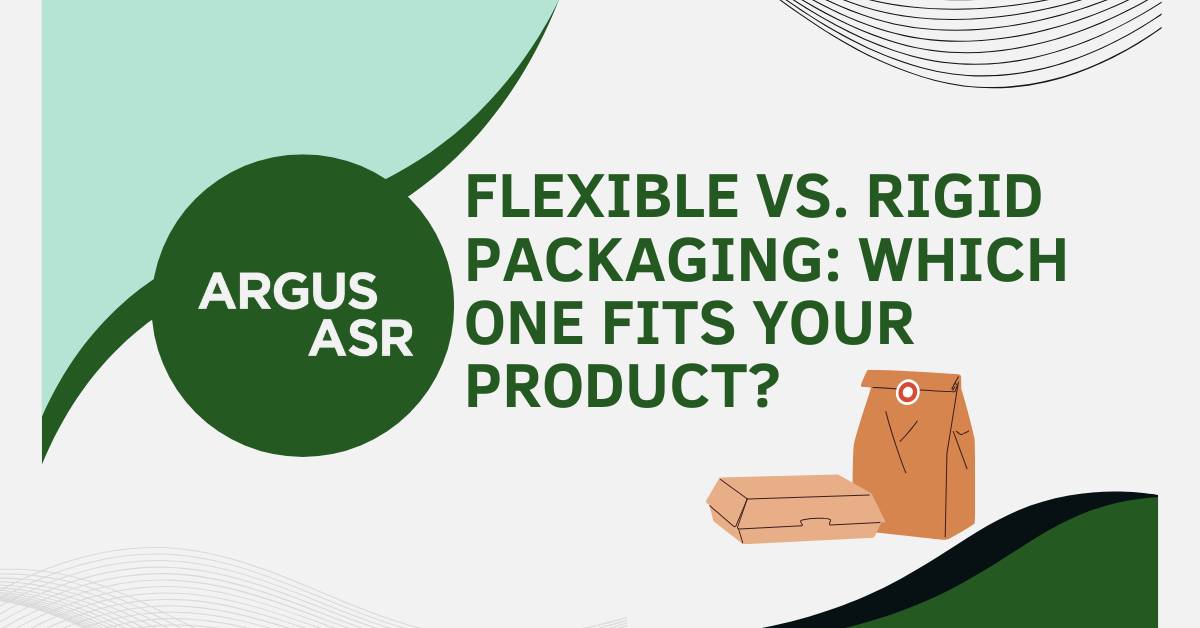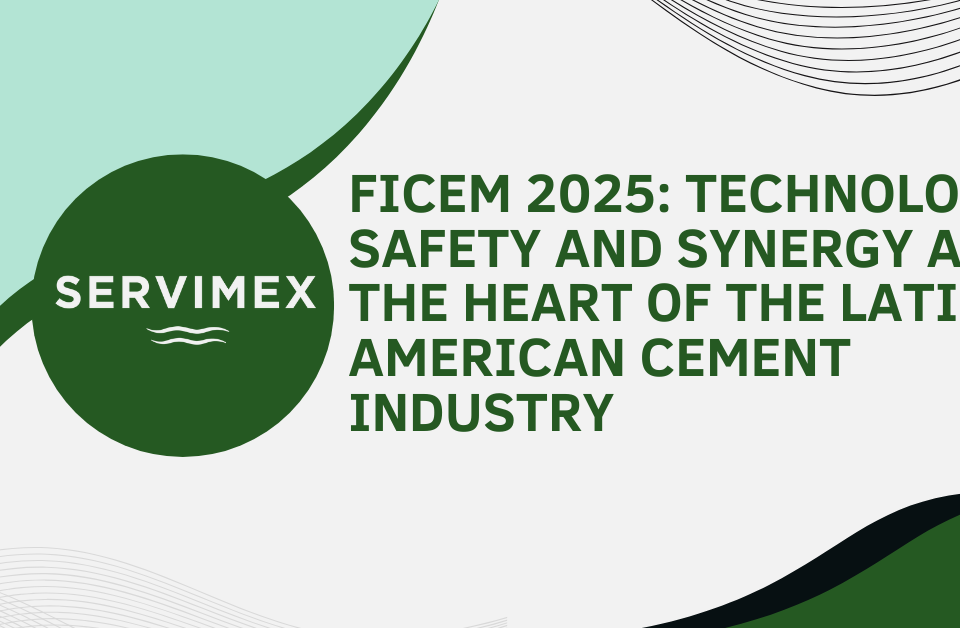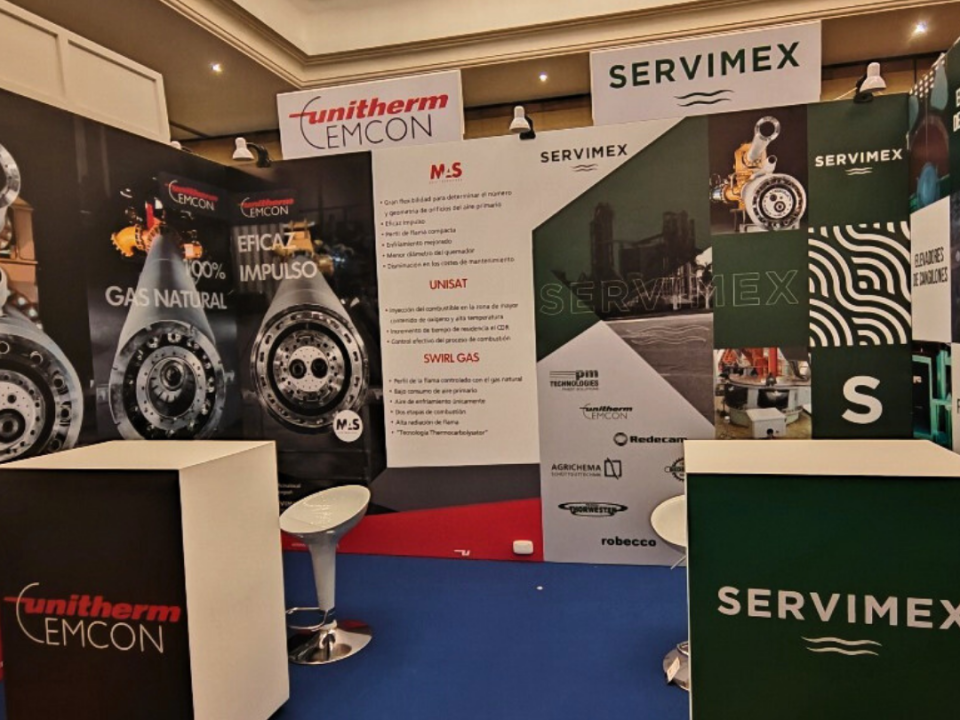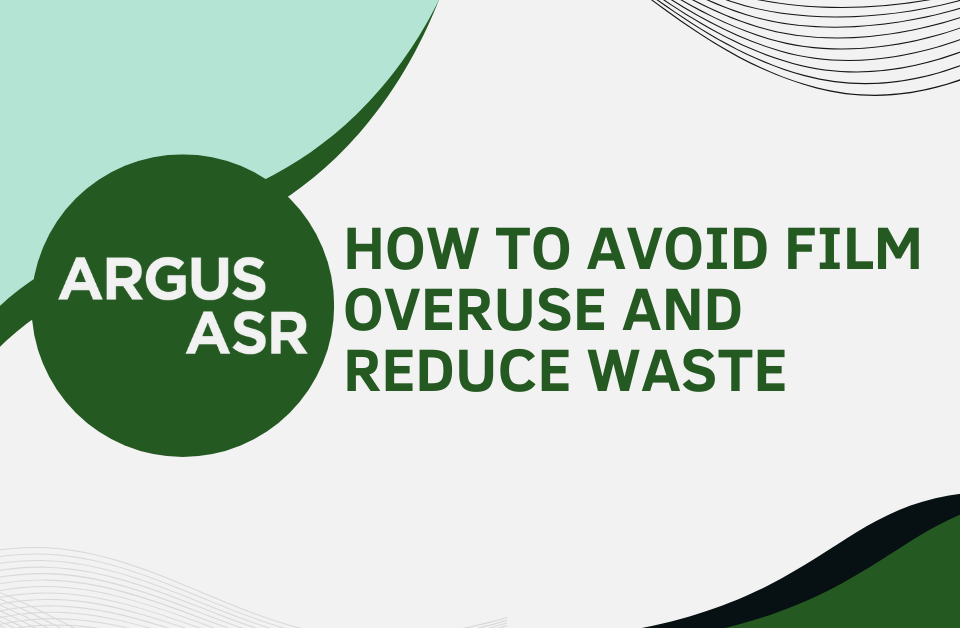
What is a Bucket Elevator and Why Is It Essential for Material Handling?
09/05/2025Choosing the right type of packaging isn’t just about aesthetics or branding — it directly impacts product protection, logistics, shelf life, customer perception, and, of course, production costs. In today’s competitive market, deciding between flexible and rigid packaging can make the difference between a product that thrives and one that struggles.
What is flexible packaging?
Flexible packaging refers to pouches, wraps, and bags made from materials like plastic films, kraft paper, aluminum, or multilayer combinations that can bend or deform without losing their protective function. Its biggest strength lies in its adaptability, light weight, and lower logistical costs.
It’s commonly used for products like coffee, snacks, powdered food, frozen goods, and single-use items. In recent years, flexible packaging has gained popularity thanks to advancements in recyclable and compostable materials.
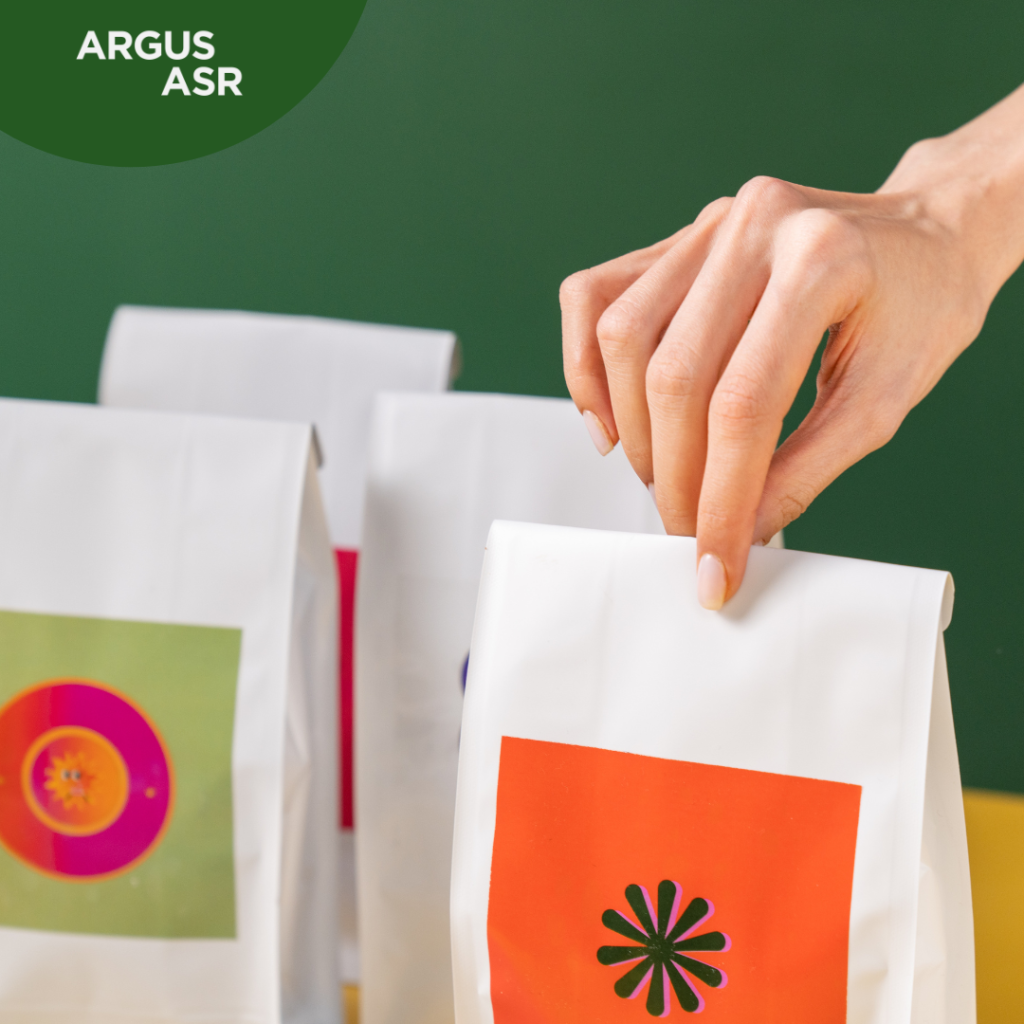
What is rigid packaging?
On the other hand, rigid packaging is made from solid materials like thick cardboard, glass, tin, or hard plastics. Its main role is to provide maximum protection for fragile products or those that require a structured presentation — think mayonnaise jars, detergent bottles, or premium boxed foods.
Rigid packaging also creates a perception of higher value or quality, which is why it’s often used in gourmet or luxury products.
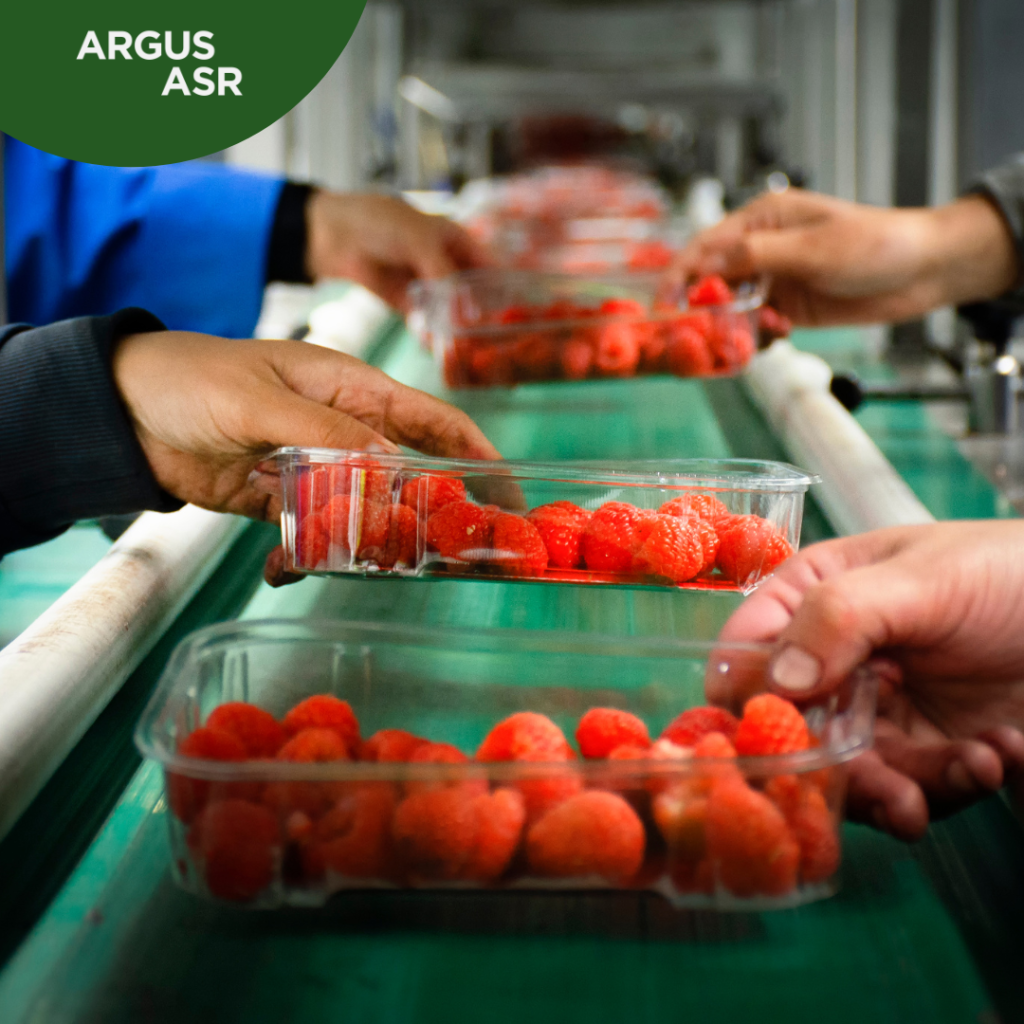
Technical comparison: durability, protection, and preservation
From a technical standpoint, rigid packaging offers superior resistance to impact and punctures — a must for fragile or heavy products. It also creates an excellent barrier against humidity, oxygen, and contamination when made with high-grade materials.
Flexible packaging, while less resistant structurally, can integrate preservation technologies like modified atmosphere or internal coatings, making it ideal for dry, frozen, or short-shelf-life products.
Commercial comparison: cost and logistics
In terms of cost, flexible packaging is generally more affordable in terms of production and transportation, due to its light weight and compact volume. It optimizes warehouse space and reduces distribution costs.
Rigid packaging, while more expensive to produce and ship, can justify its investment in markets where appearance and perceived quality are vital. Consumer perception plays a key role: many are willing to pay more for products that feel solid and premium.
Sustainability: which one is greener?
Both formats face environmental challenges. Flexible packaging is harder to recycle when made from multiple materials (e.g., plastic and foil layers), although more eco-friendly options have emerged recently.
Rigid packaging — particularly cardboard and glass — is easier to recycle but tends to have a higher carbon footprint due to its weight and bulk. The key lies in evaluating the entire lifecycle, not just the material.

What kind of product do you have?
This is the starting point. For example:
- Liquids or fragile goods: Rigid packaging is best.
- Snacks, cereals, powders, single portions: Flexible packaging works better.
- Gourmet or high-end products: Use rigid to highlight premium value.
- Mass consumption products: Flexible packaging helps reduce costs.
What does the consumer think?
Market studies show that average consumers appreciate the practicality of flexible packaging but also trust the feel of rigid packaging. Innovative brands are exploring hybrid solutions: semi-rigid pouches, reinforced stand-up bags, or flexible containers with reusable closures.
Conclusion: there’s no one-size-fits-all
The decision between flexible and rigid packaging depends on a full analysis of your product’s characteristics, supply chain, budget, sustainability goals, and target audience. At Argus ASR, we guide companies in selecting the best packaging solutions, integrating specialized machinery and customized systems that ensure efficiency, product protection, and profitability.
Need help automating your packaging line or exploring sustainable alternatives for your product? Let’s talk.

